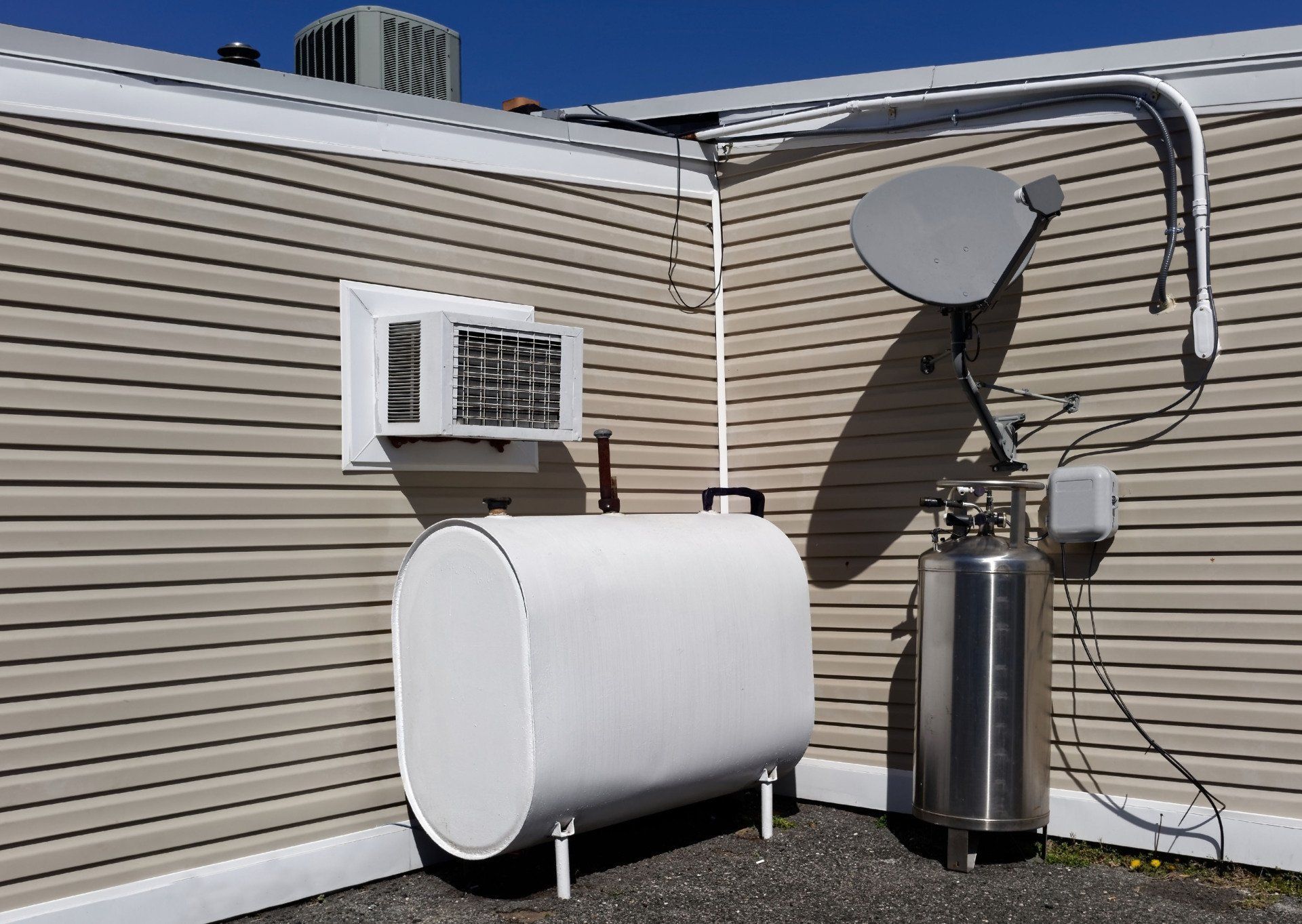February 8, 2022
Heating oil is actually a refined petroleum product that is used in many variations of heating sources. According to the Department of Energy, heating oil accounts for 1.5% of the energy supply of the United States; this energy source is 10 times more energy-efficient than fuel oil. Currently, around 5.7 million homes use heating oil in their homes.
How Is Heating Oil Made?
Heating oil is a petroleum product that has been refined and is generally used as a heating source. Heating oil is often called No. 2 fuel oil because of its classification, but this oil is actually a refined version of crude oil and does not come from any specific region or location. Heating oil is made from a number of sources, including natural gas, residue from the petroleum refining process, or crude oil that has been processed. Heating oil is sometimes referred to as No. 2 fuel oil due to its classification in the American Society for Testing and Materials (ASTM) oil classification system.
Heating oil is a petroleum product that has been refined and is generally used as a heating source. Heating oil is often called No. 2 fuel oil because of its classification, but this oil is actually a refined version of crude oil and does not come from any specific region or location. Heating oil is made from a number of sources, including natural gas, residue from the petroleum refining process, or crude oil that has been processed. Heating oil is sometimes referred to as No. 2 fuel oil due to its classification in the American Society for Testing and Materials (ASTM) oil classification system.
The Heating Oil Process
The process of making heating oil is a complex one, with multiple steps and several different kinds of heating oil. To understand where heating oil comes from and why some
local heating oil delivery
is better than others, it is helpful to understand the different sources and types of heating oil.
In more detail, the process goes something like this: first, natural gas is first collected from the ground and separated into natural gas liquids, natural gas, and natural gas cut. Next, the natural gas cut is further separated into propane and butanes. Then, the butanes are pumped into a refinery where they are used to make lighter hydrocarbons, such as pentanes and hexanes. Finally, the pentanes and hexanes are blended with crude oil, which allows them to be used as a petroleum product. At this point, local heating oil delivery takes the finished product to its final destination.
The process of making heating oil is a complex one, with multiple steps and several different kinds of heating oil. To understand where heating oil comes from and why some local heating oil delivery is better than others, it is helpful to understand the different sources and types of heating oil.
In more detail, the process goes something like this: first, natural gas is first collected from the ground and separated into natural gas liquids, natural gas, and natural gas cut. Next, the natural gas cut is further separated into propane and butanes. Then, the butanes are pumped into a refinery where they are used to make lighter hydrocarbons, such as pentanes and hexanes. Finally, the pentanes and hexanes are blended with crude oil, which allows them to be used as a petroleum product. At this point, local heating oil delivery takes the finished product to its final destination.
The Future
The Energy Information Administration estimates that approximately 400,000 barrels of local heating oil delivery go out each day from Canada. Although the United States is a net importer of crude oil, it produces more than three times as much crude oil as it uses domestically. In 2012, the United States produced approximately 10.6 million barrels per day of crude oil and consumed approximately 4.3 million barrels per day. The remaining 6.3 million barrels per day were exported. There are also large reserves of crude oil that have yet to be discovered.
The Energy Information Administration estimates that approximately 400,000 barrels of local heating oil delivery go out each day from Canada. Although the United States is a net importer of crude oil, it produces more than three times as much crude oil as it uses domestically. In 2012, the United States produced approximately 10.6 million barrels per day of crude oil and consumed approximately 4.3 million barrels per day. The remaining 6.3 million barrels per day were exported. There are also large reserves of crude oil that have yet to be discovered.
Huge Oil Reserves Found Under the Gulf of Mexico
In the Gulf of Mexico, a field that was discovered in 1959 holds up to 48 billion barrels of oil. A recent study using advanced 3D seismic imaging shows that there may be as much as 75 billion barrels of oil in the same field. The discovery of this mega oil field may be the answer to the gas prices problem. This field will supply our needs for over 100 years.
In the Gulf of Mexico, a field that was discovered in 1959 holds up to 48 billion barrels of oil. A recent study using advanced 3D seismic imaging shows that there may be as much as 75 billion barrels of oil in the same field. The discovery of this mega oil field may be the answer to the gas prices problem. This field will supply our needs for over 100 years.








